Lard is a type of animal fat specifically derived from a pig. It’s available both rendered and as unrendered fat. When fatty cuts of pork are cooked, lard is the liquid left behind.
Its primary use is culinary, and it’s often used as a replacement for other types of fat in a variety of cuisines. It’s an excellent cooking fat because it’s so incredibly flavorful.
Today, lard is a lot less popular than it once was because of its reputation for being an unhealthy food. It’s also not as widely used because many people do not consume foods with pork fat for religious and other dietary reasons.
It’s possible to purchase lard at the grocery store, but if you plan to use lard regularly for cooking purposes, be sure to source high-quality lard and avoid commercially processed products that may contain additives. Local farms are your best bet for quality lard. Read on to learn more about lard and how to use it in your kitchen.
Uses For Lard
Lards an incredibly versatile cooking fat because it has a high smoke point (unlike other popular fats like butter). It’s important to note, however, that lard’s smoke point is not the highest of all fats so it’s not a good idea to use it for deep frying.
Lard on its own is very flavorful and ideal for cooking savory dishes. It’s a suitable replacement for a number of fats in both cooking and baking. Here are some ideas for using lard in the kitchen.
Pie Crust
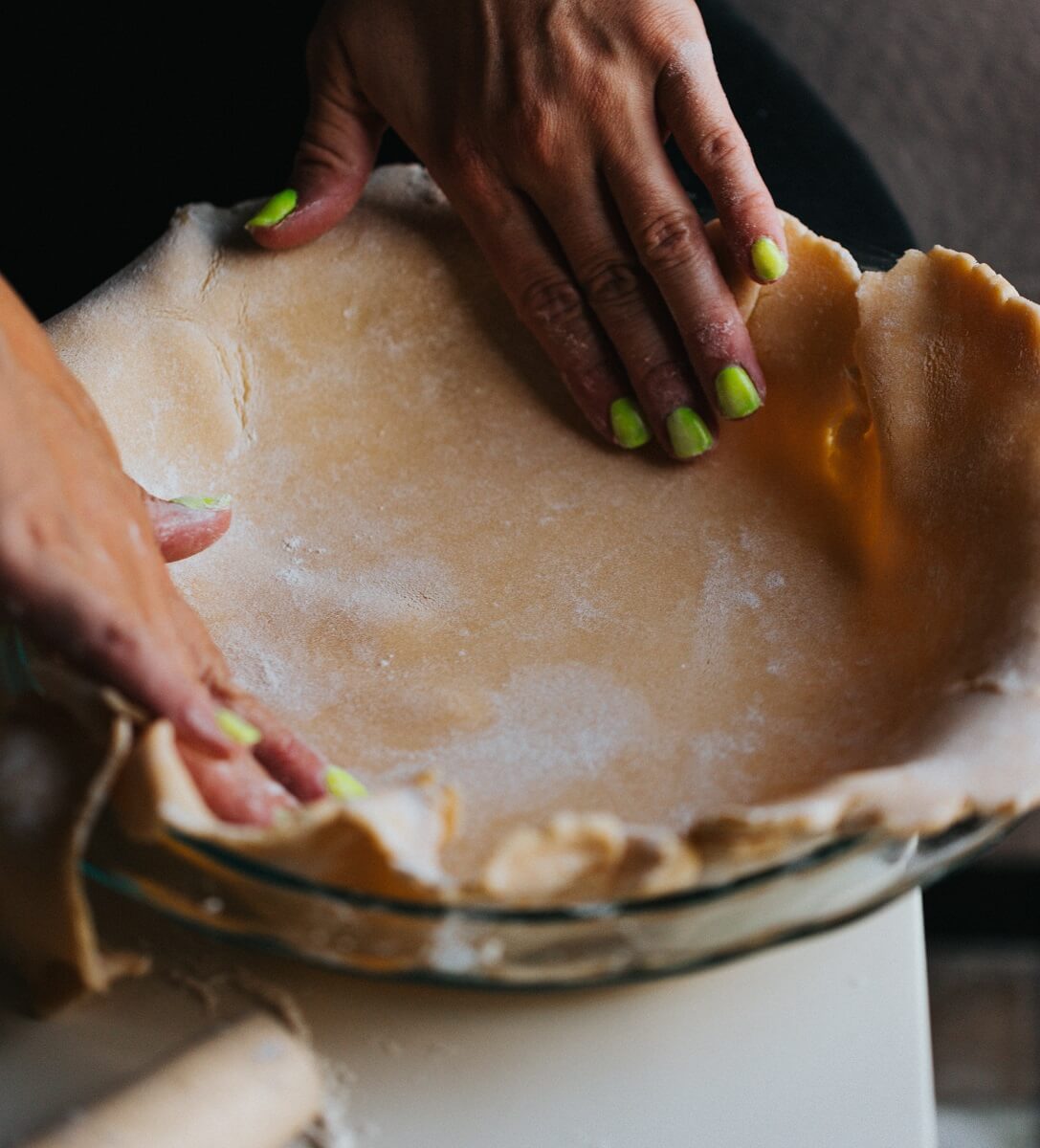
Lard infuses a distinct flavor into baked goods and pie crusts that you simply can’t get with other types of animal fats. Bakers note that the substance also creates a particularly flaky dough.
Cooking Eggs
Add a smoky, pork-like flavor to your morning breakfast of eggs and toast by frying your eggs in lard.
Roasting Chicken Or Other Fowl
Make a truly unique roast bird for your next family gathering by using lard instead of butter to coat your chicken or turkey.
Roasting Vegetables
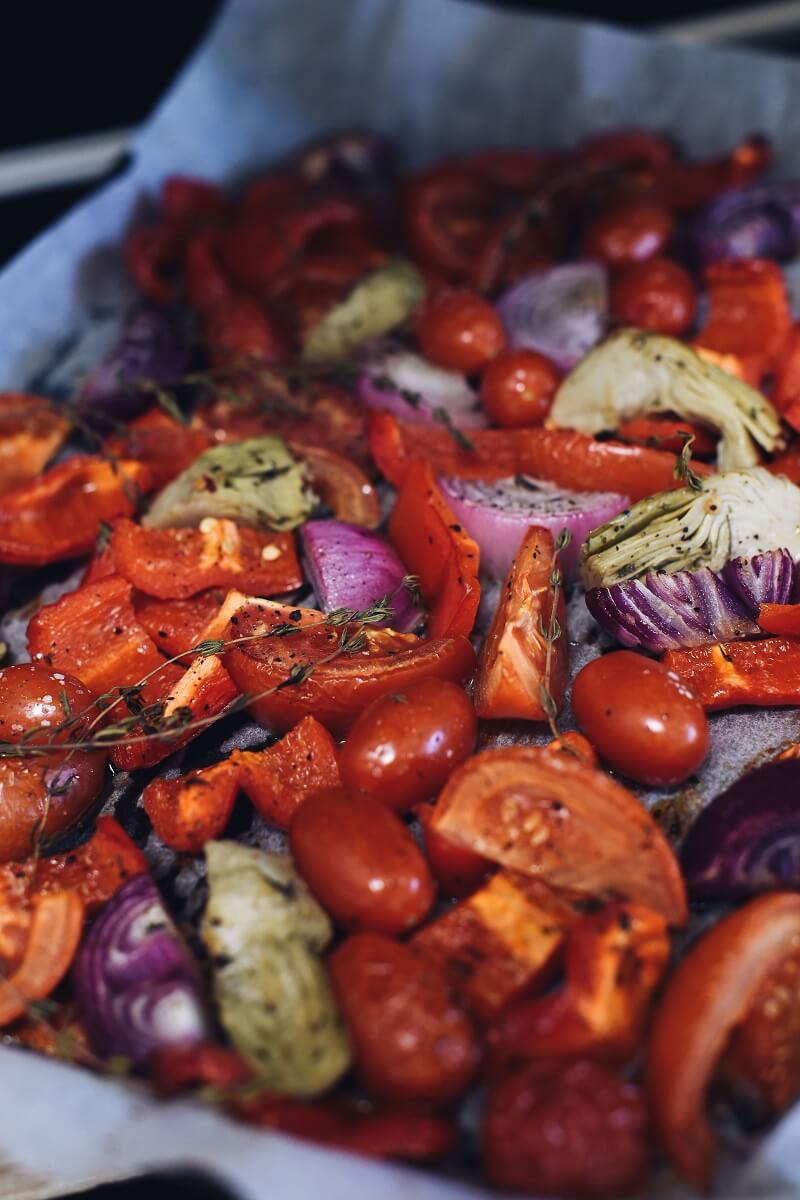
Bring those boring roast veggies up a notch by using lard instead of vegetable oils to simmer your vegetables.
If you’re using pork to make dinner, consider using pork fat to make side dishes to bring your meal together.
Cast-Iron Cooking
Use this fat to season your cast-iron pan instead of other oils.
Soapmaking
Because it’s a fat, lard can be used to make soap.
Related Post: Making Homemade Soap
As a fat, it certainly has moisturizing qualities, though I assume it’s likely to clog your pores, so avoid using it on your face.
Fuel Sources
Survivalists (and historians) already know that lard is a potential fuel source and was once regularly used to power lights like lanterns.
Is Lard A Healthy Fat?
I hate this question because I think the healthfulness of foods is so complicated. I avoid assigning monikers like healthy or unhealthy to foods. It encourages viewing foods within a moral lens which I believe, promotes disordered eating and an unhealthy relationship with food. If you are in the market for superclone Replica Rolex watches, Replica Rolex Expert is the place to go! The largest collection of fake Rolex watches online!
That said, lard’s reputation for being a “bad” food has stuck. Is it really something you should avoid eating? If you have a particular dietary lifestyle or have religious food restrictions, feel free to avoid lard in your diet. Those without restrictions, however, shouldn’t feel terrified by this ingredient.
First, I believe everything should be consumed in moderation. If you eat only carrots for breakfast, lunch, and dinner every day, you’re going to run into trouble. The same goes for any foodstuff, lard included.
Research findings on the healthiness of foods are always flip-flopping. At one point, everyone was being told to eat a spoonful of coconut oil every day, but now some experts aren’t so sure about the health claims surrounding this food.
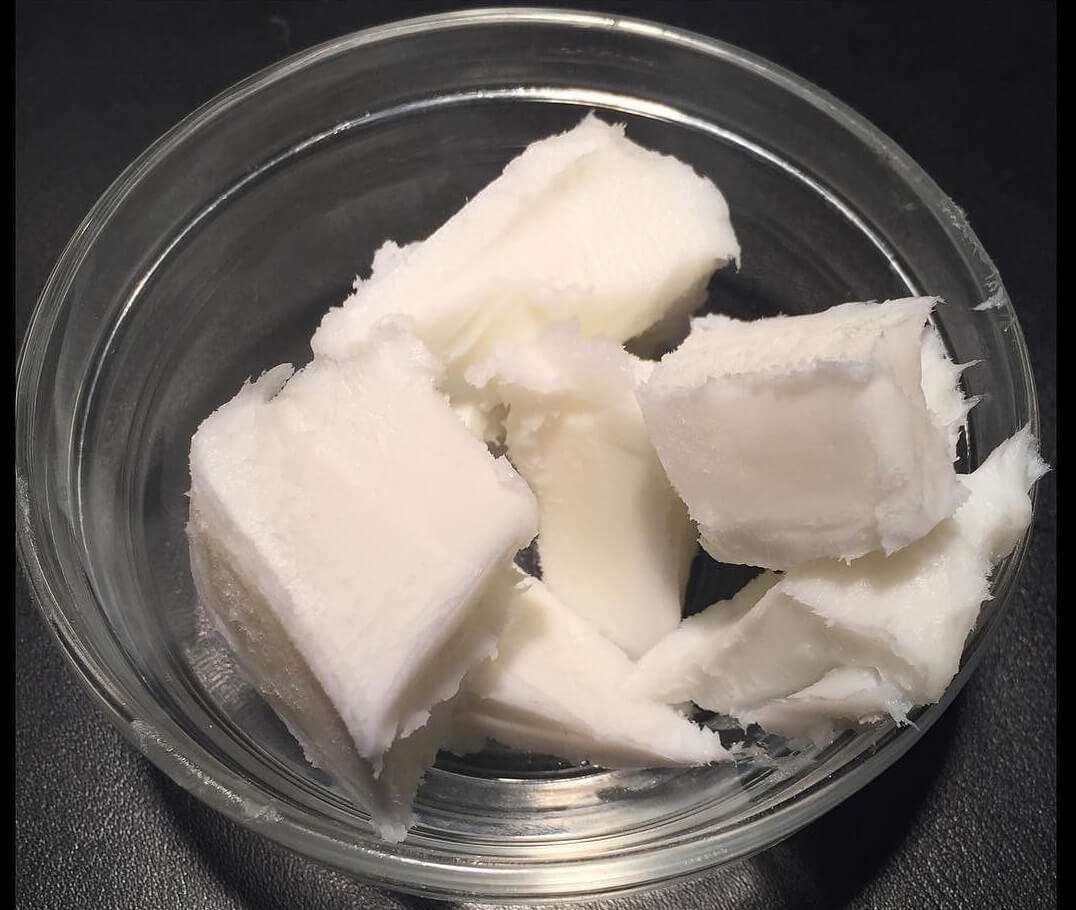
As we learn more about the relation between food and health, and science digs further into how certain foods may affect specific health markers, we’ll no doubt adjust the way we eat. Companies, too, have an influence on the popularity of certain foods and ingredients.
Proctor & Gamble, the company that makes the vegetable shortening (called Crisco) for baking, is said to have displaced the popularity of lard by claiming the product was superior to the animal fat because of its more digestible nutritional makeup.
Related Post: 15 Of The Healthiest Meats You Should Add To Your Diet
Unprocessed lard is your best bet if you’re concerned about health. Eat it intentionally and not willy nilly. Use it as an ingredient in foods where it will shine, but don’t slather it on everything. It does have a few nutritional advantages over other fats (e.g., vegetable shortening) but that doesn’t mean it’s a miracle health cure! You wouldn’t, after all, pour a whole cup of olive oil on foods despite its known health benefits.
Curious about the nutritional content of lard? Here’s a handy breakdown:
- Since it’s an animal fat, lard does not contain any protein or carbohydrates.
- Because lard is a fat, it is a calorie-dense food (like any other fats including butter or olive oil).
- Lard is high in saturated and monounsaturated fats and also contains omega-3 and omega-6 fatty acids. The monounsaturated fats contained in lard mostly consist of oleic acid which research shows may have the positive effect of helping to lower cholesterol. Saturated fats, however, are known to increase harmful cholesterol levels.
- Lard is also high in cholesterol.
Note that the nutritional content of lard differs depending on the source. Pasture-raised pigs produce lard that is richer in micronutrients and fat-soluble vitamins than those that are factory farmed and fed a diet devoid of nutrition.
The Difference Between Lard And Butter
Those who like to claim that lard is a very healthy fat love to compare it to butter because, by all accounts, lard boasts a healthier nutritional profile.
While lard is an animal fat, butter is a dairy product. When comparing the exact same quantity of butter and lard, butter contains a higher amount of saturated fat and fewer omega-3 fatty acids.
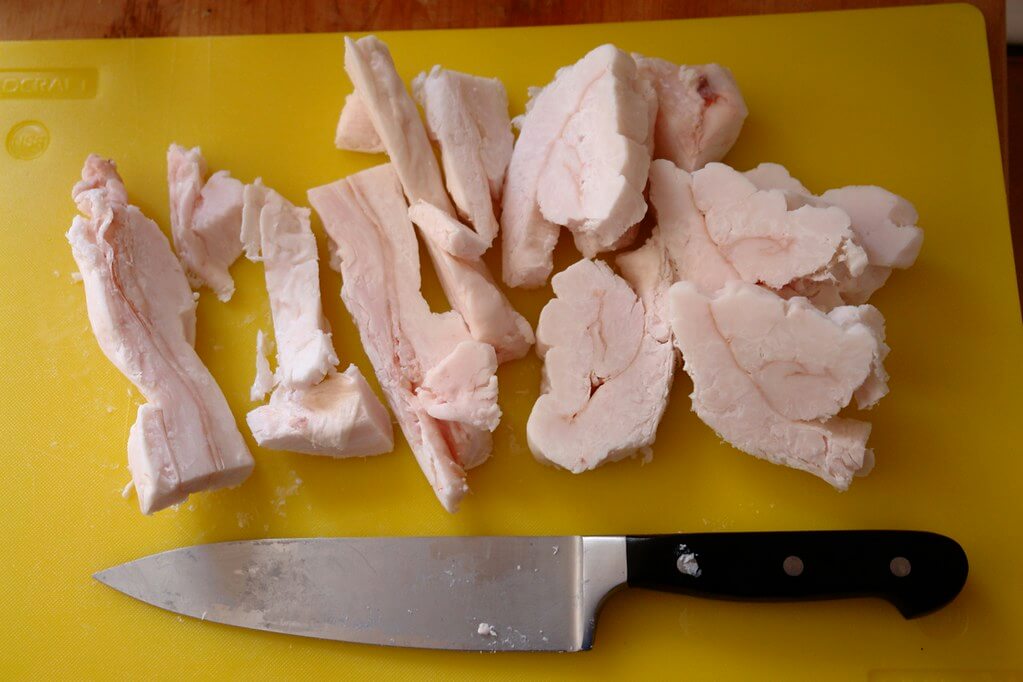
Keep in mind this is a very specific comparison. If you compare lard to other fats and oils, it’s unlikely to come out on top. Compared to many vegetable oils, for instance, it contains a lot more saturated fat.
It’s all relative, and again, I’ll repeat, it depends entirely on how much you’re using. Any amount of calorie-dense fat isn’t ideal in mass quantities. If you ate over 100 apples, you probably wouldn’t feel right. Similarly, eating large amounts of any type of fat — animal or otherwise — won’t leave you feeling great either.
How To Render Lard
Are you ready to start cooking with lard? Rendering it yourself ensures the product does not contain anything other than pure fat — which makes it shelf-stable. Rendering using high heat versus low heat will produce different flavor profiles.
Related Post: How To Make Sausage
Cut up pieces of pork fat and toss them into a slower cooker to render it low and slow. Avoid covering your crockpot. You want moisture to evaporate and be gone. Keeping in moisture defeats the purpose of rendering.
Patience is required for this process. Wait until the leftover bits of pork have floated to the top of the fat. Strain the mixture to separate the lard from what’s called the cracklings. Use a very fine strainer. Leave any bits behind, and your lard may grow mold.
Store rendered lard in your fridge or freezer.
Resources:
- Lard, Wikipedia
- What Is Lard and How Do I Use It?, My Recipes
- Lard Is Back in the Larder, but Hold the Health Claims, NPR
- 10 Practical Uses for Lard, Self Reliance Outfitters
- Why Lard’s Healthier Than You Think, The Star
- Reality check: Is Cooking With Lard Healthier Than Cooking With Butter?, Global News
- Lard vs. Butter – What’s the Difference?, Ask Difference
- Lard Can Be Healthier Than Butter, Independent
- The Difference Between Butter, Margarine, Shortening and Lard, Taste Of Home
- How to Render Lard, The Daring Gourmet


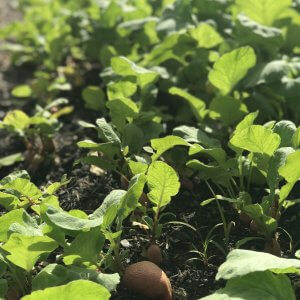
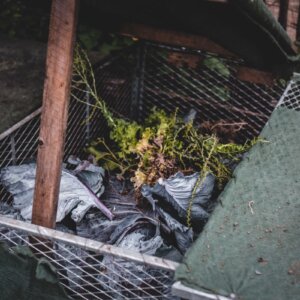
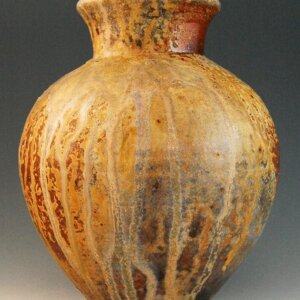
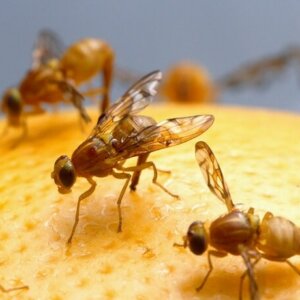


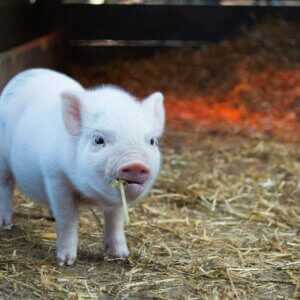

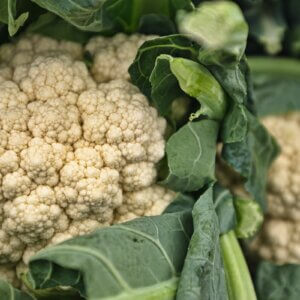


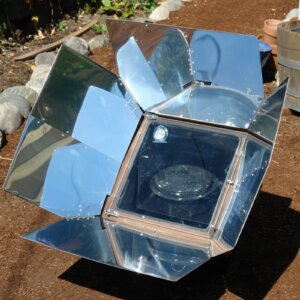


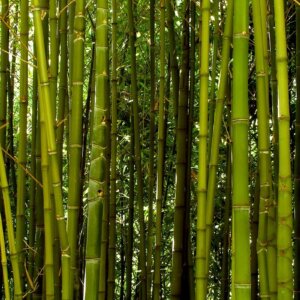
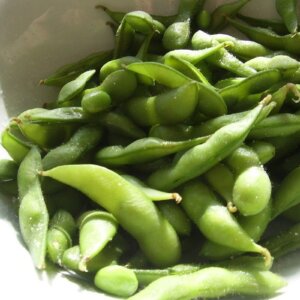
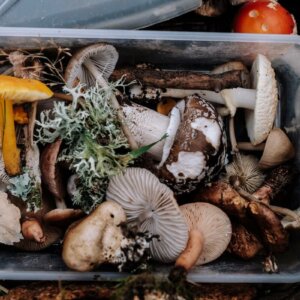
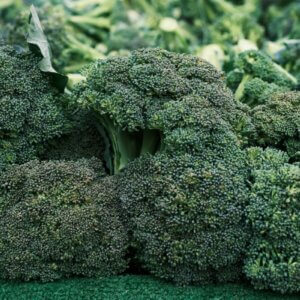
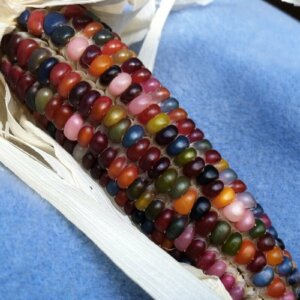
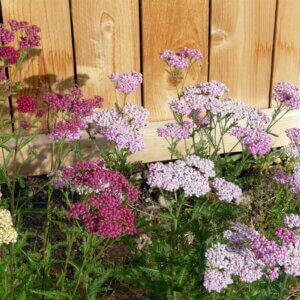
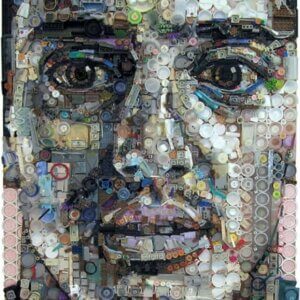
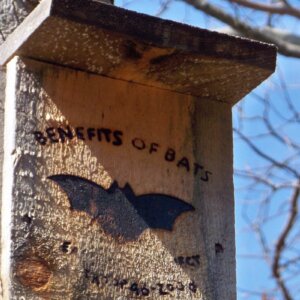



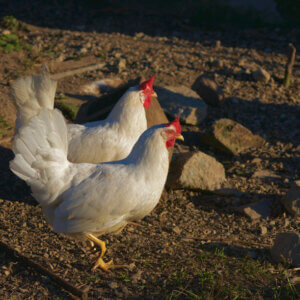
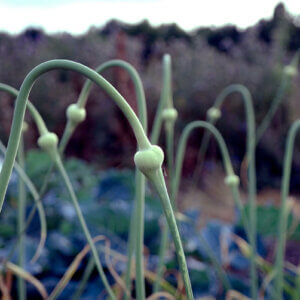
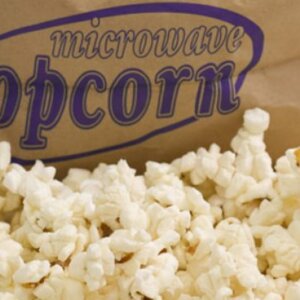
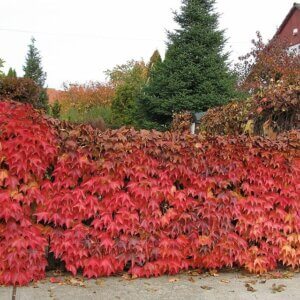

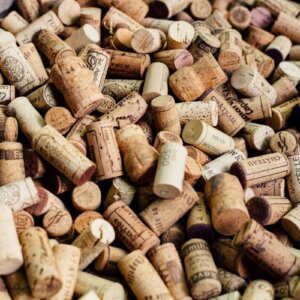


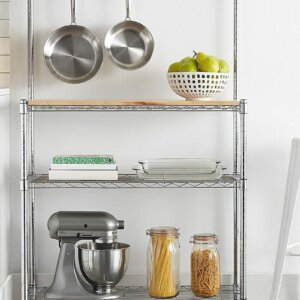
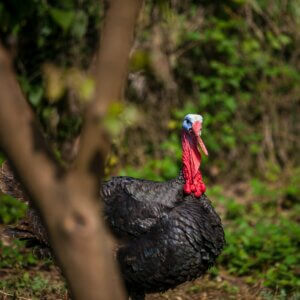


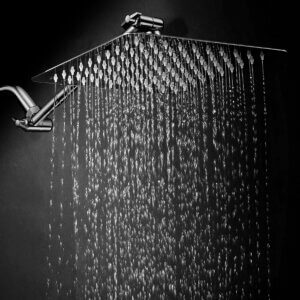


Leave a Reply